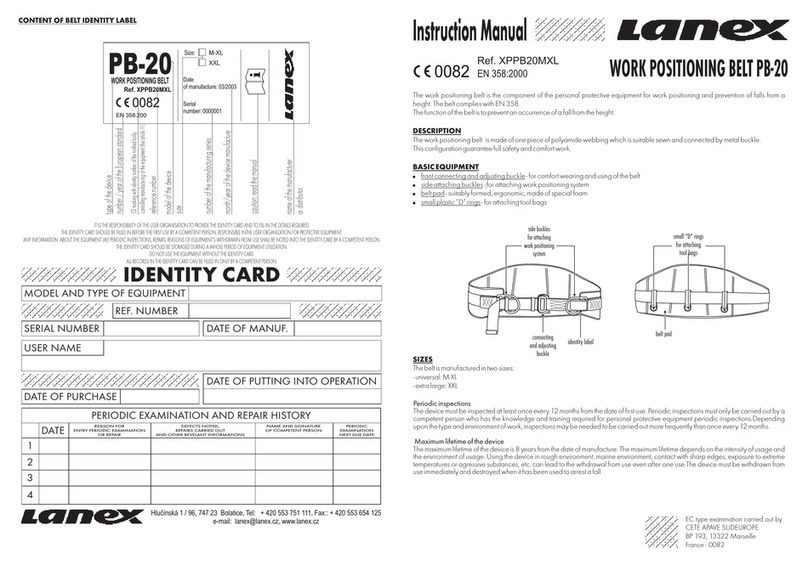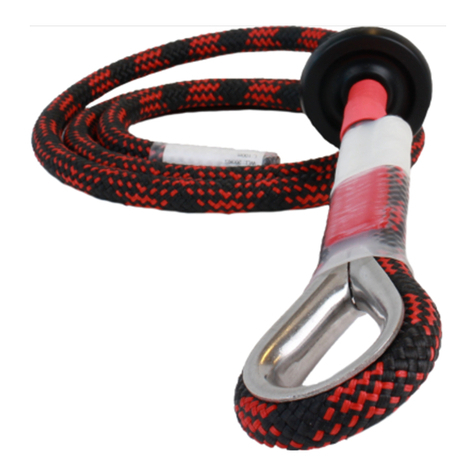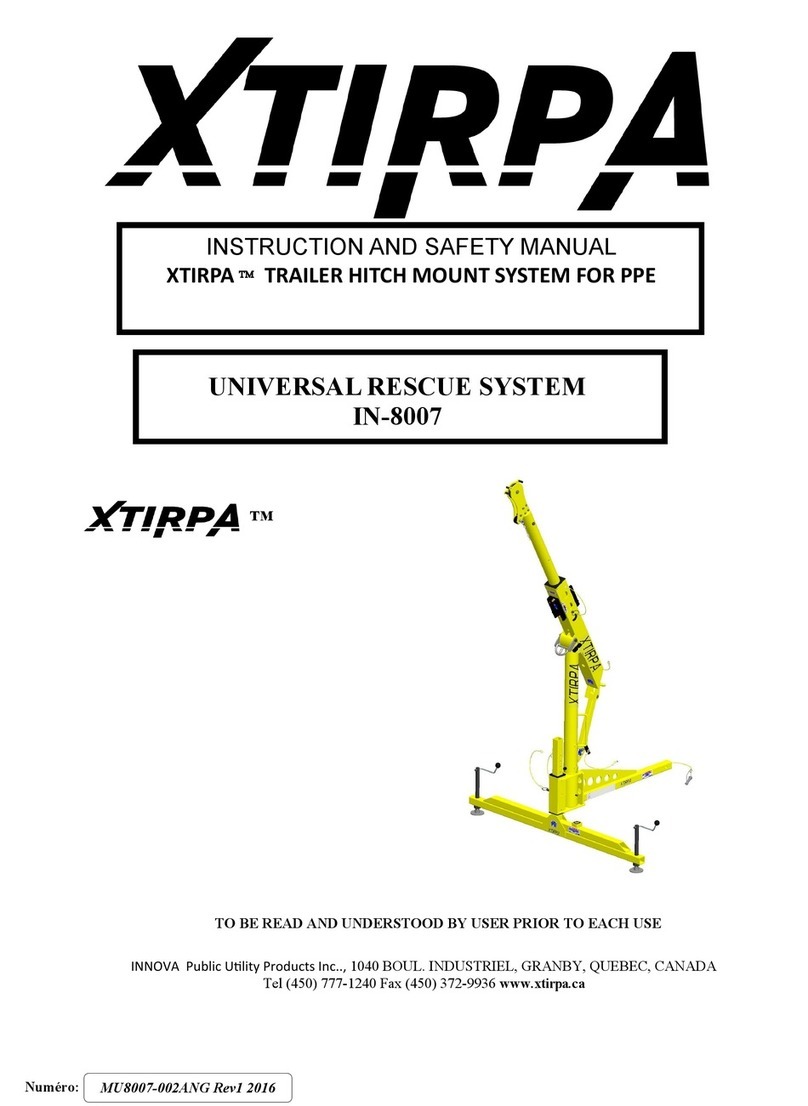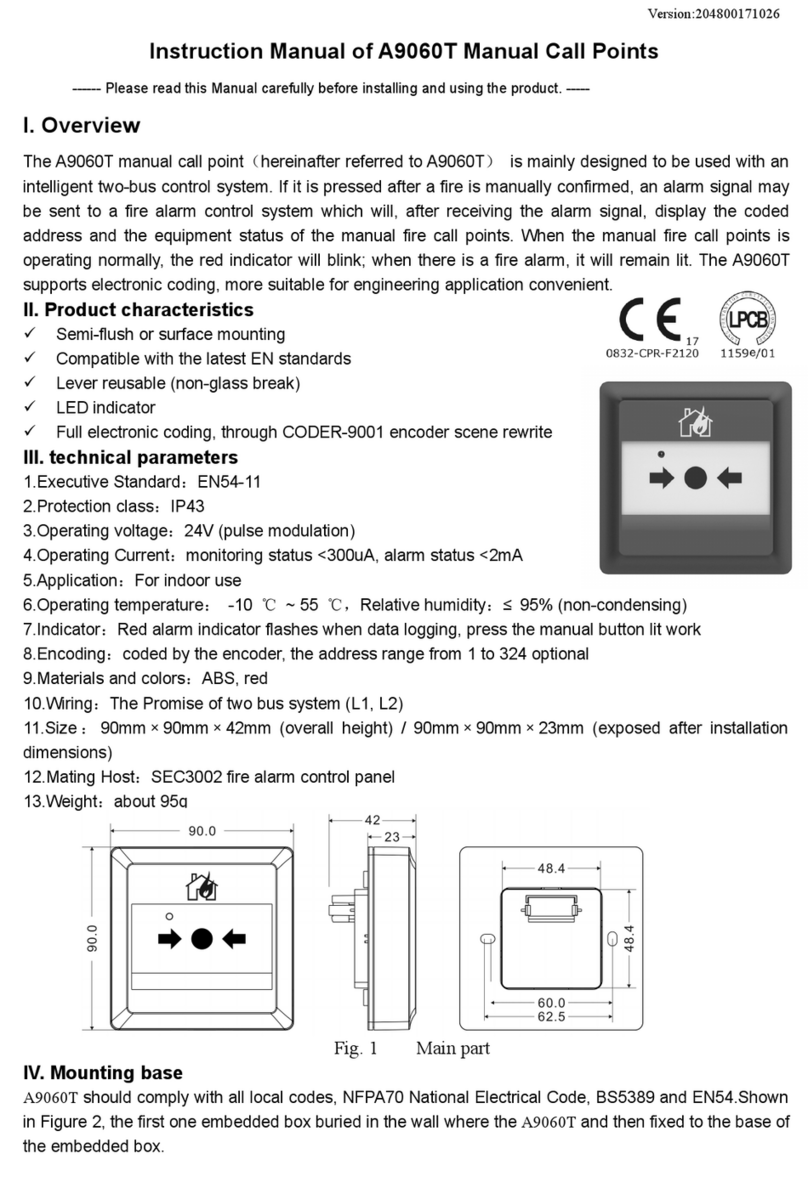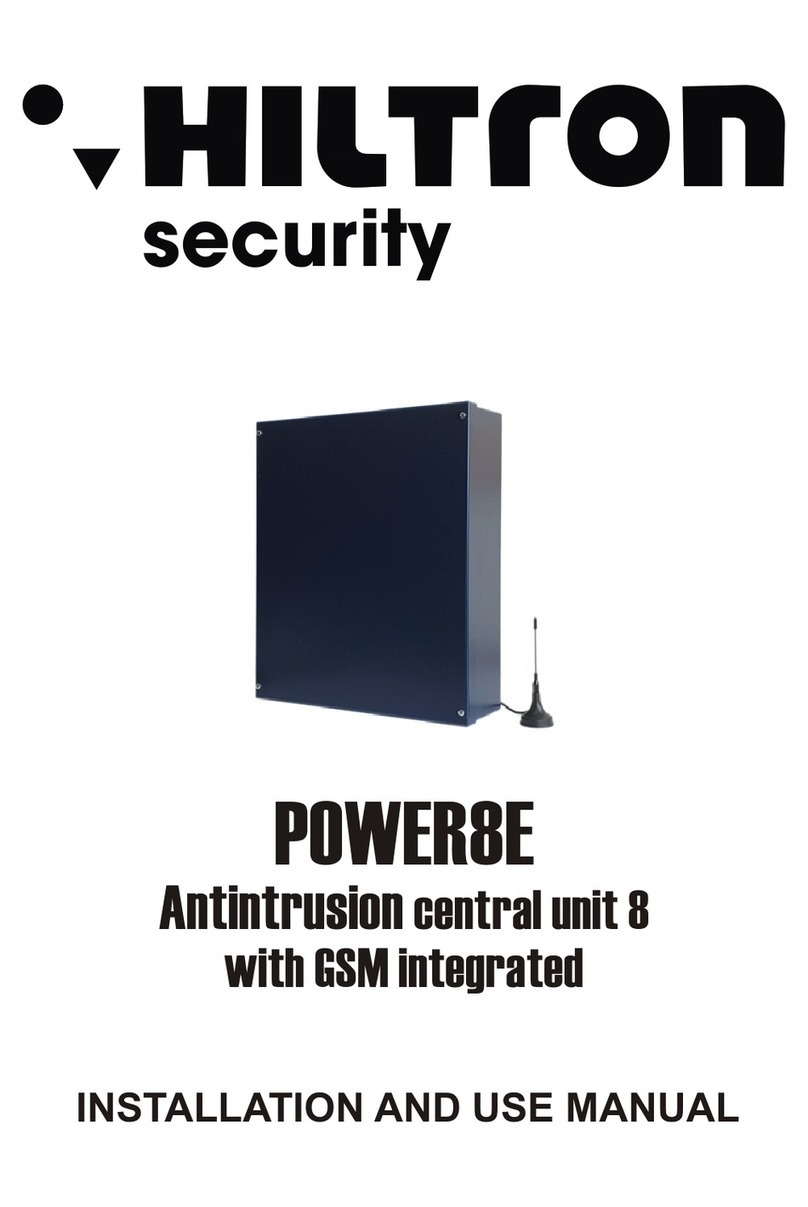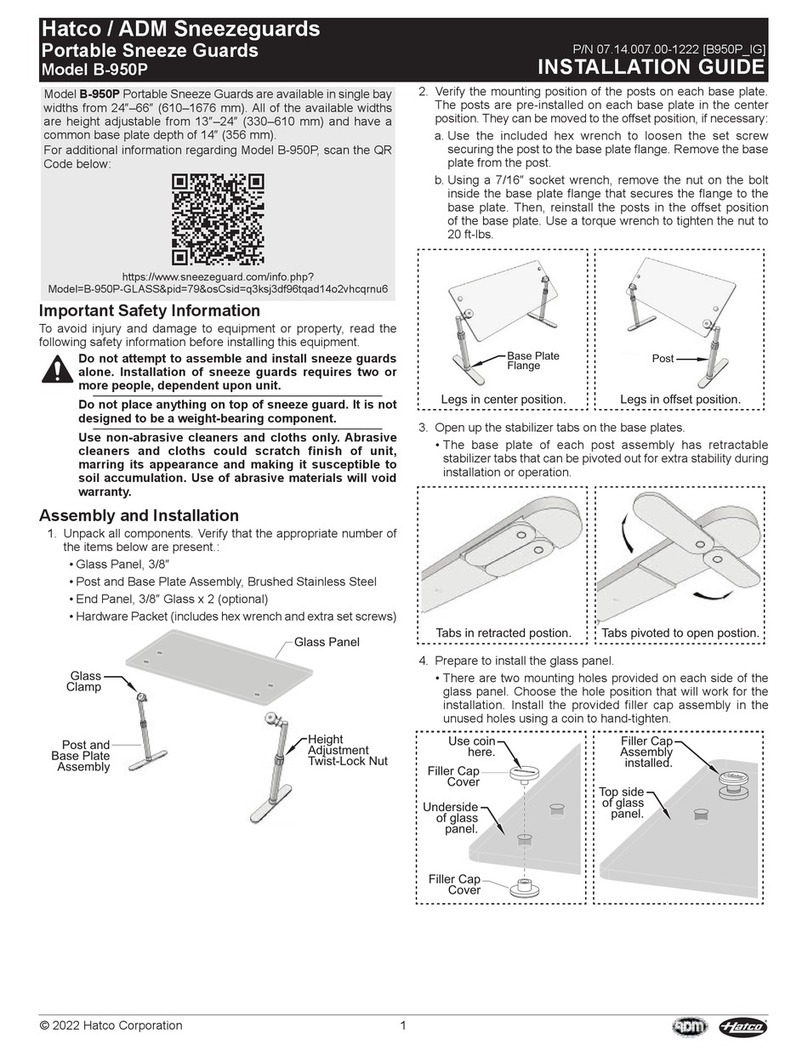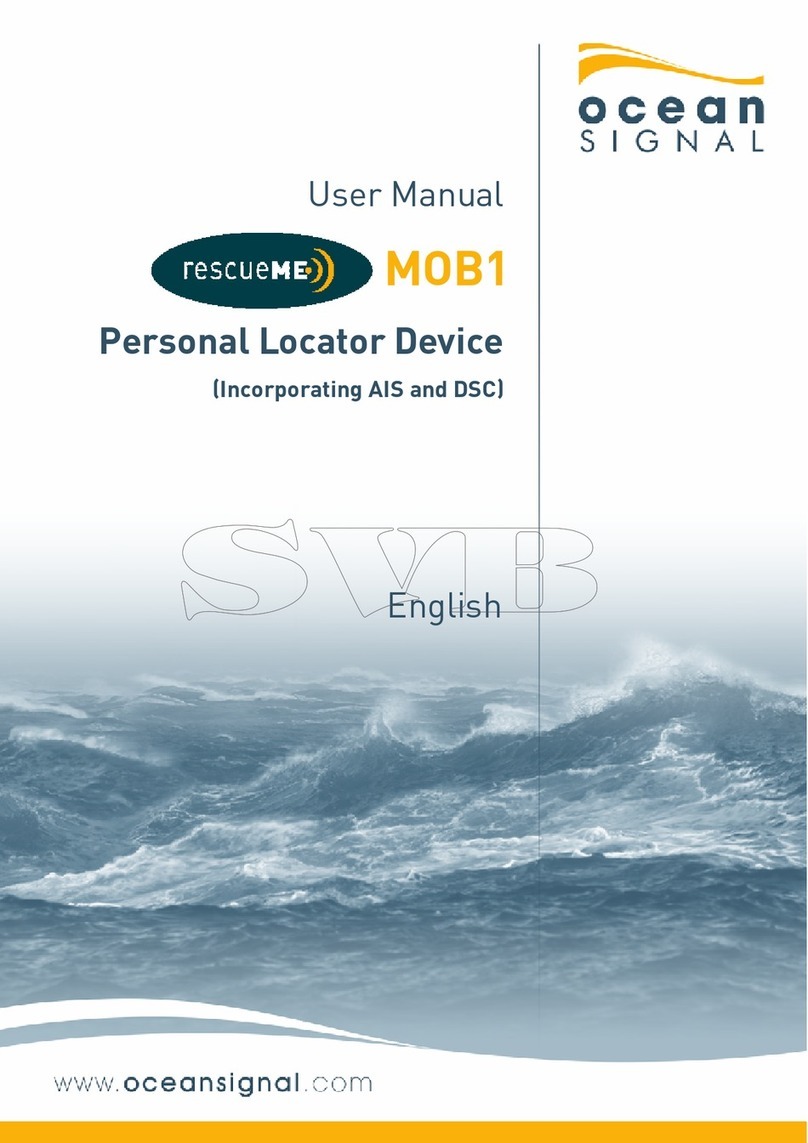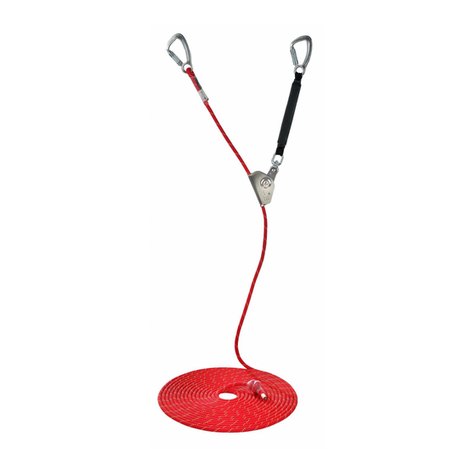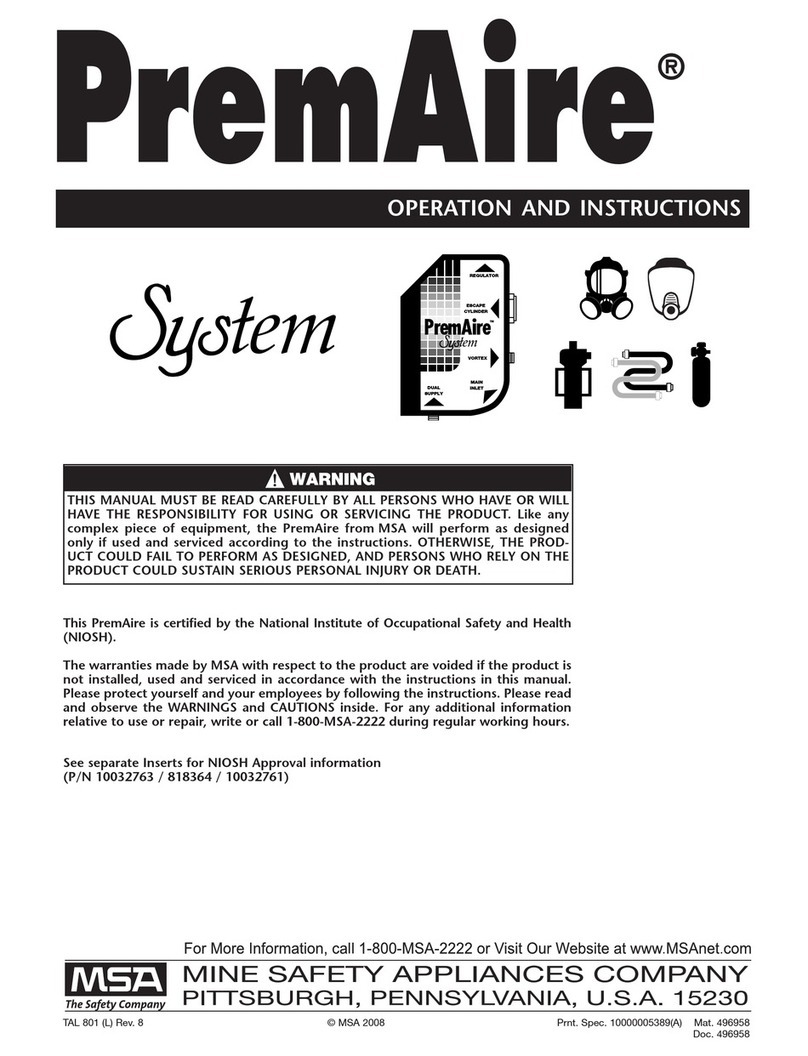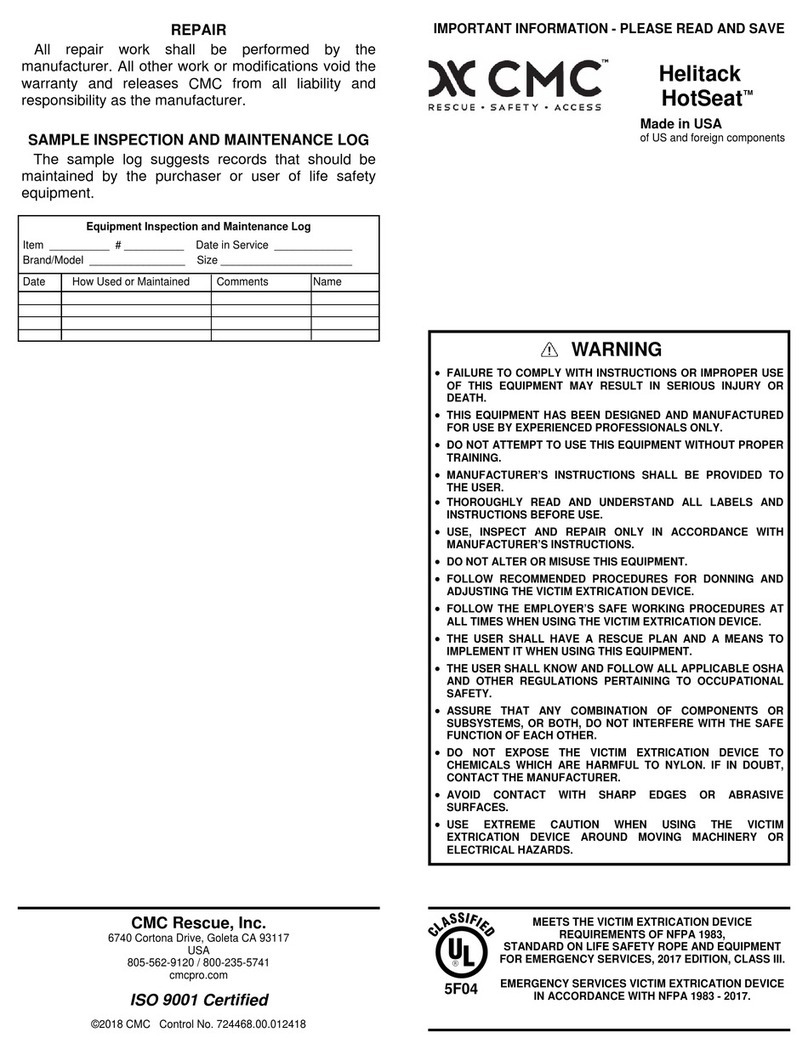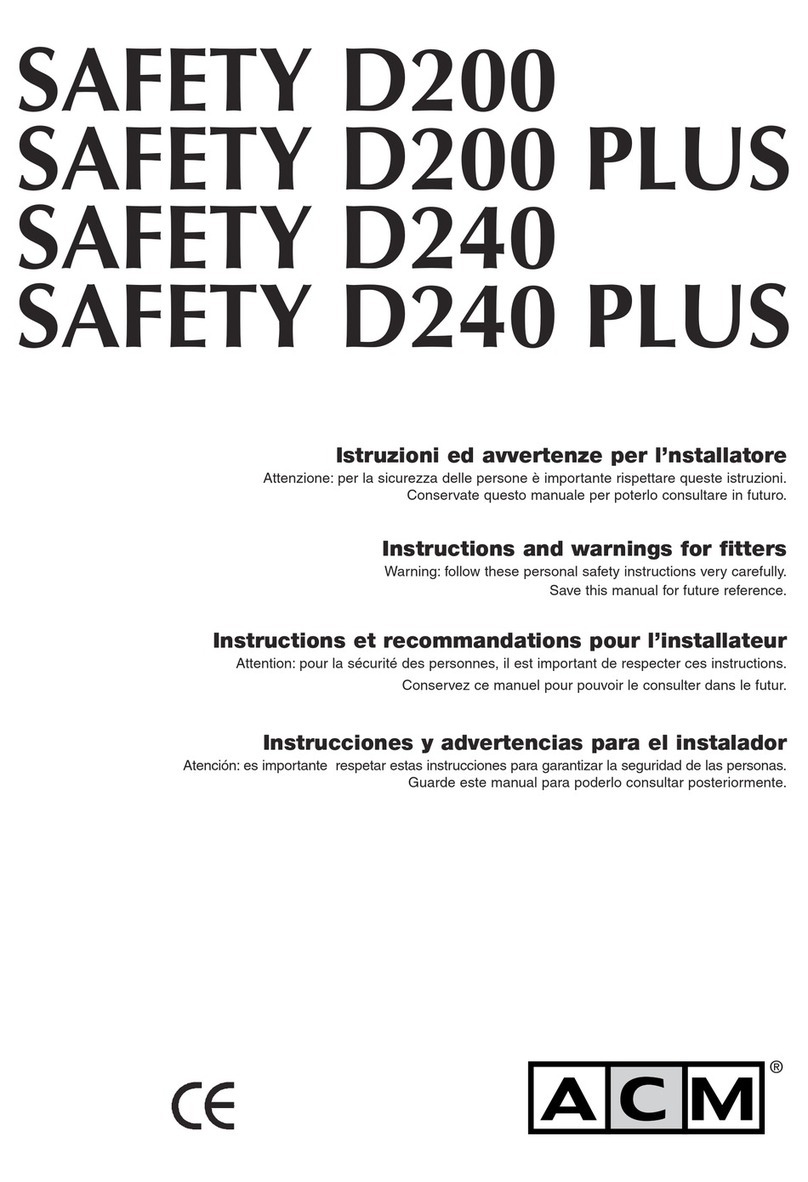
T.007: 5.c Pre-test Battery Calculations
rescueME EPIRB1 Battery Calculations for Cospas-Sarsat
Designation Units
alue Comments
TCS Years 2.5
TBR Years 12.5
A-hrs 1.7
CBn A-hrs 3.4
Lsdc % 0.84
Increase over Cell
Manufactureres data
(0.46%) agreed
between C/S and
Ocean Signal
Lcbn mA-hrs 404.10
Nst 12
Ist mA 40.75
Tst Sec 16.50
Lst mA-hrs 28.016
Ngst 12
Igst mA 11.5
Tgst sec 315.5
Lgst mA-hrs 12.09
ISB mA 2.00E-05
L
OTH
mA-hrs 14.4 Not Originally
Calculated*
Lisb mA-hrs 2.19
LCDC mA-hrs 488.30
Declared beacon battery replacement period (from date of
installation in the beacon to expiry date marked on the beacon)
Characteristic
Beacon manufacturers declared maximum allowed cell shelf-life
(from date of cell manufacture to date of battery pack installation
in the beacon)
Battery pack electrical configuration 2 parallel packs each of 3 123 cells in
series
Cell model and cell chemistry Q-Lite CR123A
Lithium Manganese Dioxide
Nominal cell capacity
Nominal battery pack capacity
Annual battery cell capacity loss (self-discharge) due to aging, as
specified by cell manufacturer at ambient temperature
Calculated battery pack capacity loss due to self-discharge:
LCBN =CBN - [CBN *(1 - LSDC /100) ^(TBR+Dcage)]
Number of self-tests per year NST
Average battery current during a self-test IST mA
Maximum duration of a self-test TST sec
Calculated battery pack capacity loss due to self-tests during
battery replacement period: LST = IST*TST*TBR*NST / 3600
Maximum Number of GNSS self-tests between battery
Average battery current during a GNSS self-test of maximum
Maximum duration of a GNSS self-test TGST sec
Calculated battery pack capacity loss due to GNSS self-tests
during battery replacement period: LGST = IGST*TGST*NGST /
3600
Average stand-by battery pack current
Battery pack capacity loss due to constant operation of circuitry
prior to beacon activation: LISB = ISB*TBR*8760
Other Capacity Losses
Calculated value of the battery pack pre-test discharge LCDC
= LCBN + 1.65*(LST + LGST + LISB)/1000 + L
OTH
/1000
*Additional current drawn by the water contacts when activated.
S Nolan Technical Director Ocean Signal Limited
6th August 2014
